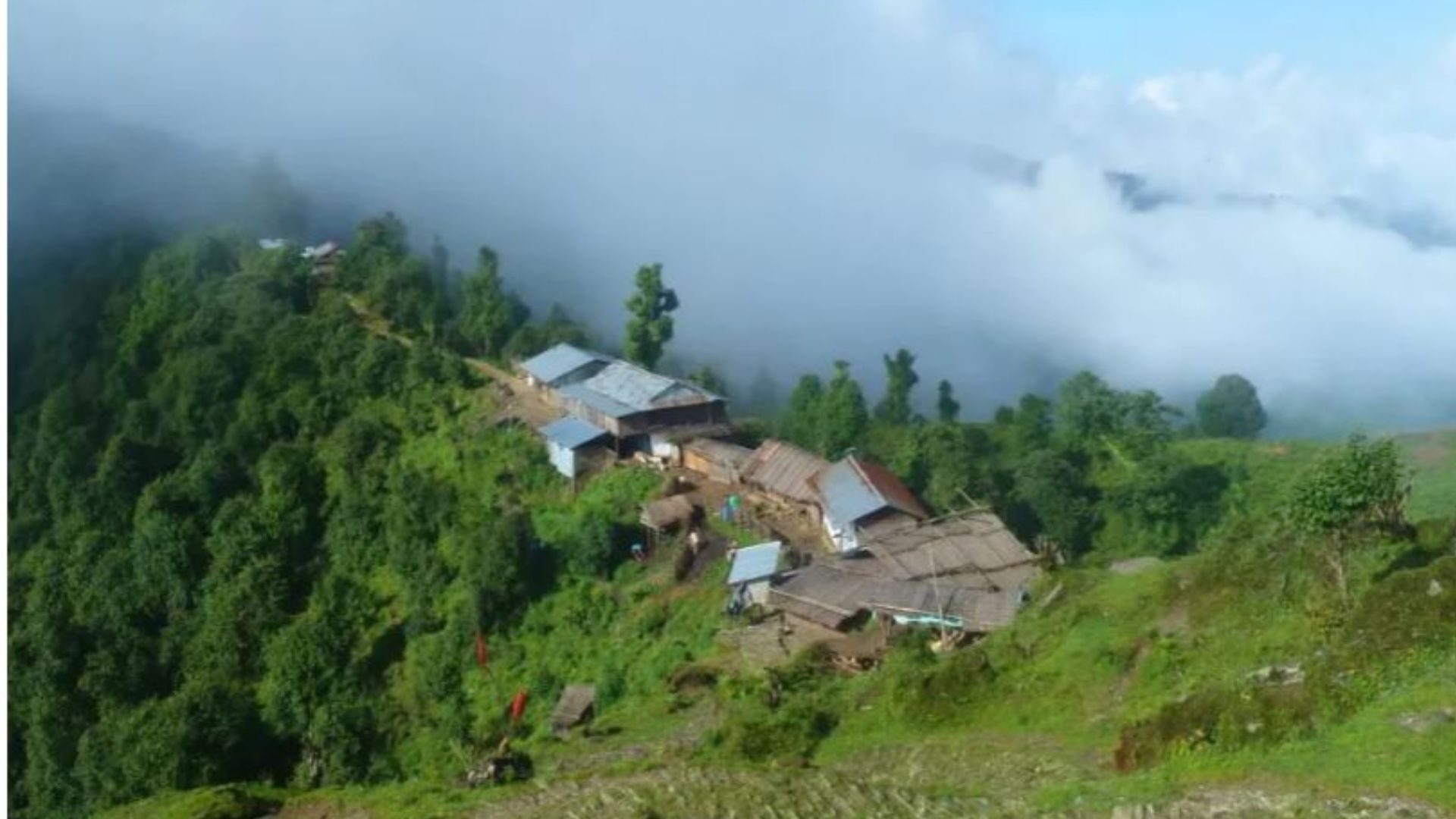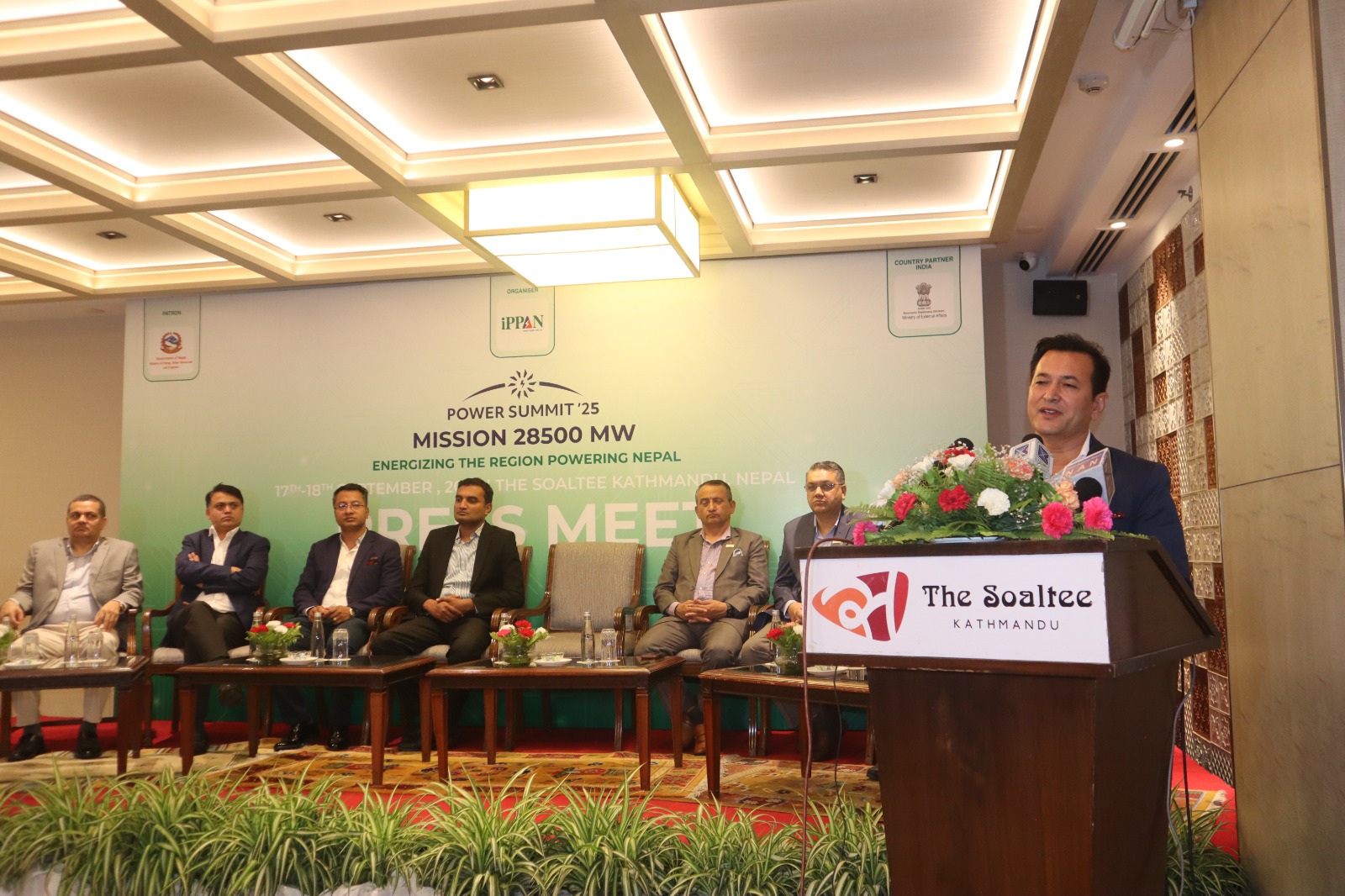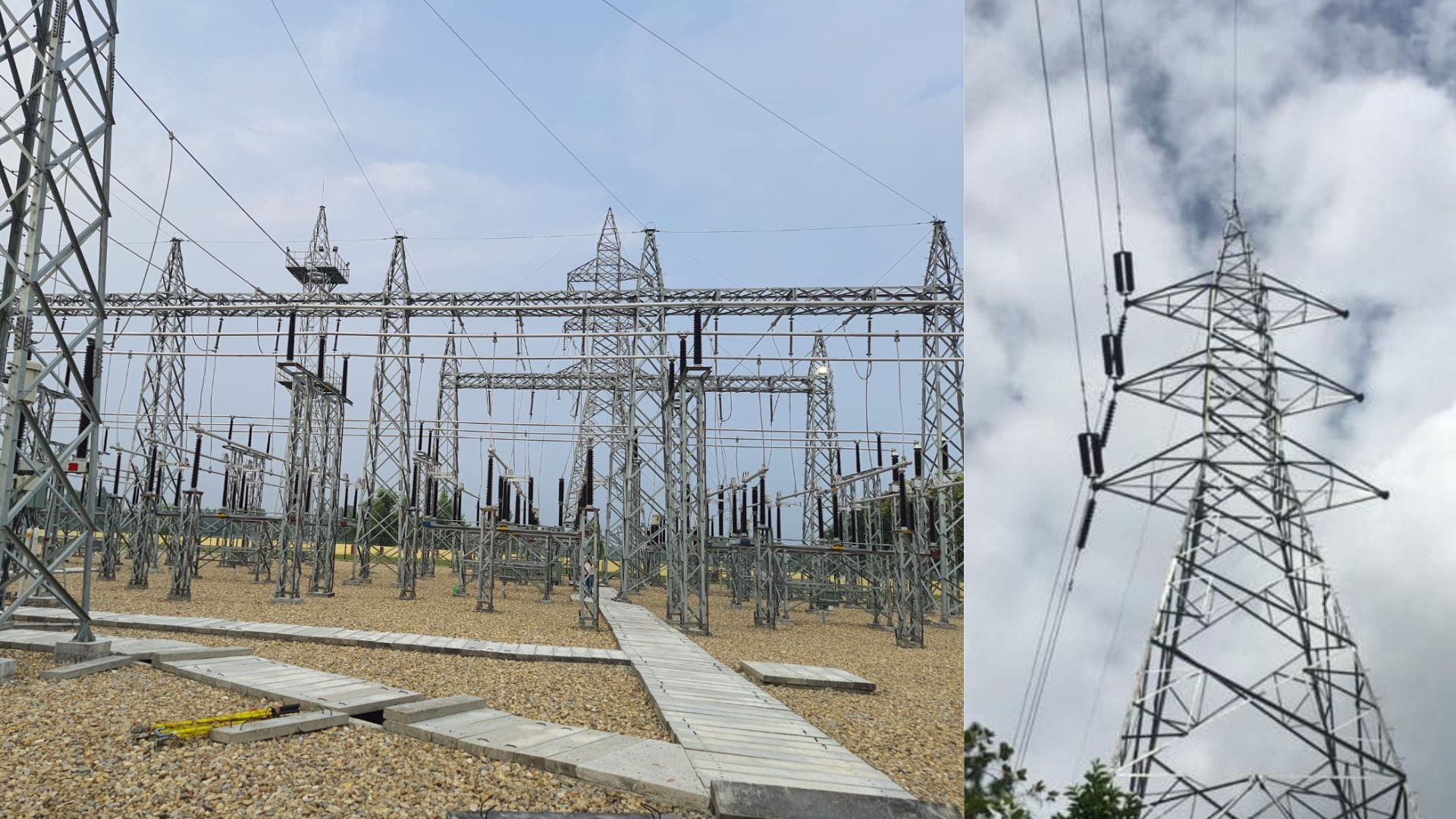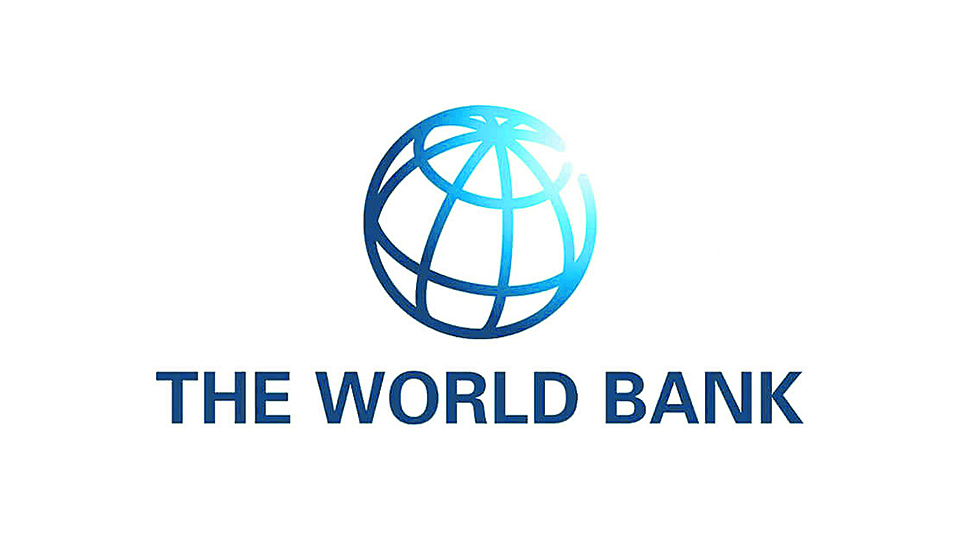
Taplejung: Border entry passes have been distributed in Olangchung Gola of Phaktanglung Rural Municipality-7 in Taplejung. The pass distribution took place for people to travel to and from the Riu of China. Last week, a team of the district administration office, chiefs of security agencies and chairperson of Phaktanglung Rural Municipality, Rajan Limbu led by Chief District Officer Goma Devi Chemjong reached and distributed the border entry pass, it has been said. According to the Chief District Officer Chemjong, in the first phase, the cards have been distributed to 88 people of Olangchung Gola of Phaktanglung Rural Municipality-7 and Yanga area.
“We reached Tiptala border crossing. Representatives of Dinggye County also reached the border. We both sides met,” he said. Tiptala transit would be open during the period between Dashain and Tihar festivals, said the district administration office, Taplejung. According to the tripartite agreement between the Dinggye County, Phaktanglung Rural Municipality and the district administration office, Taplejung, in the first phase, the border entry pass has been provided to the citizens living within 30 kilometers from the border, said Phaktanglung Rural Municipality. The passes will be gradually provided as per need to the residents of Phaktanglung Rural Municipality.
According to the district administration office, the pass will be valid until one year. The pass should be renewed every year from the district administration office. Tiptala transit has remained closed for the past four years due to COVID-19 resulting in various consequences ranging from the closure of trade at the border. The closure of trade has had its bad effect on the local people, mainly economic crisis, said local people. “After the border was closed, we have been unable to export locally produced products including carpets and medicinal herbs,” complained a local people.
The communities of the Himalayan region are making their living from raising yak. But it has become difficult for them to make daily living due to inability to export yaks and its products to China, the local people said. Fincho Sherpa of Yangma has been unable to sell his yak for the past four years. The number of yaks he has grown has increased from 25 to around 90 now. Yak grazing area lies between 3,500 and 5,000 metres above sea level. Nepali yaks, its calves, its meat and churpi, ghee produced from yak milk fetch good price in the Chinese market, said Sonam Sherpa of Yanga.
A yak is sold for from Rs 50,000 to Rs 150,000 in different markets of China, it has been said. So, the communities of the Himalayan region are attracted to yak rearing. But yaks have not been sold following the closure of the Tiptala transit, the main entry point to China from Taplejung, and other borders due to COVID-19, said the local people. The ancestral occupation of the people of the Himalayan region is farming. Other livestock farming and agriculture except yak rearing cannot be done here due to the high Himalayan region. There are nine local levels including Phungling Municipality in the district.









